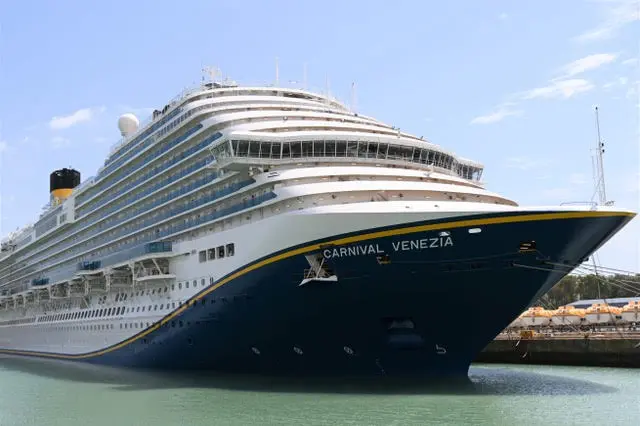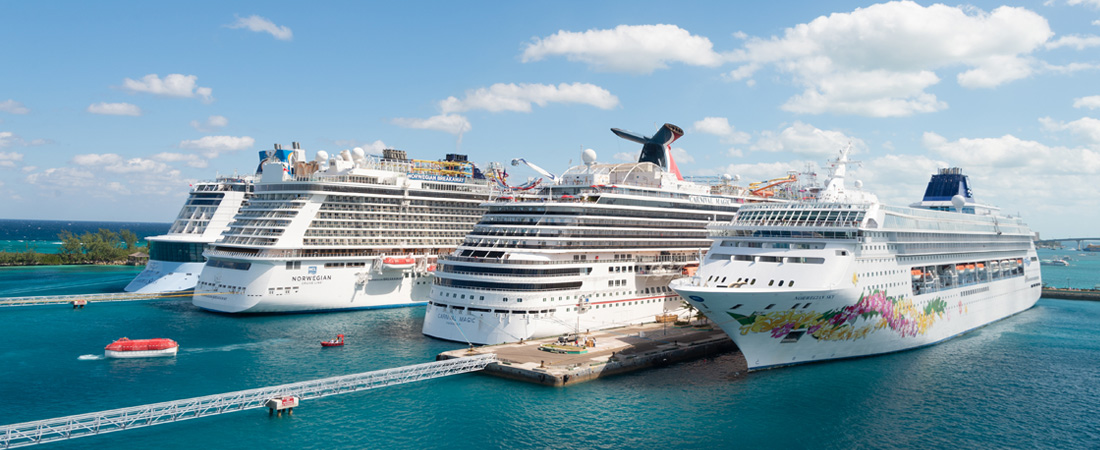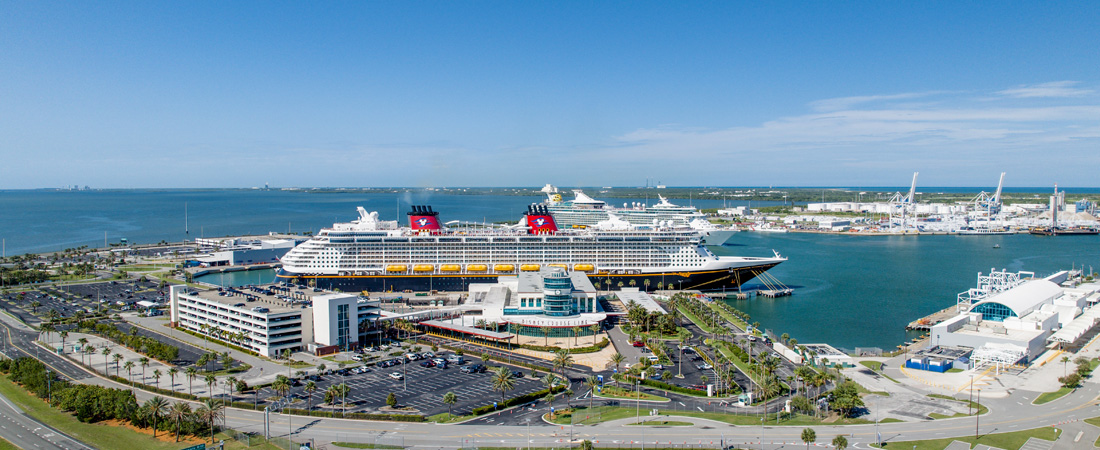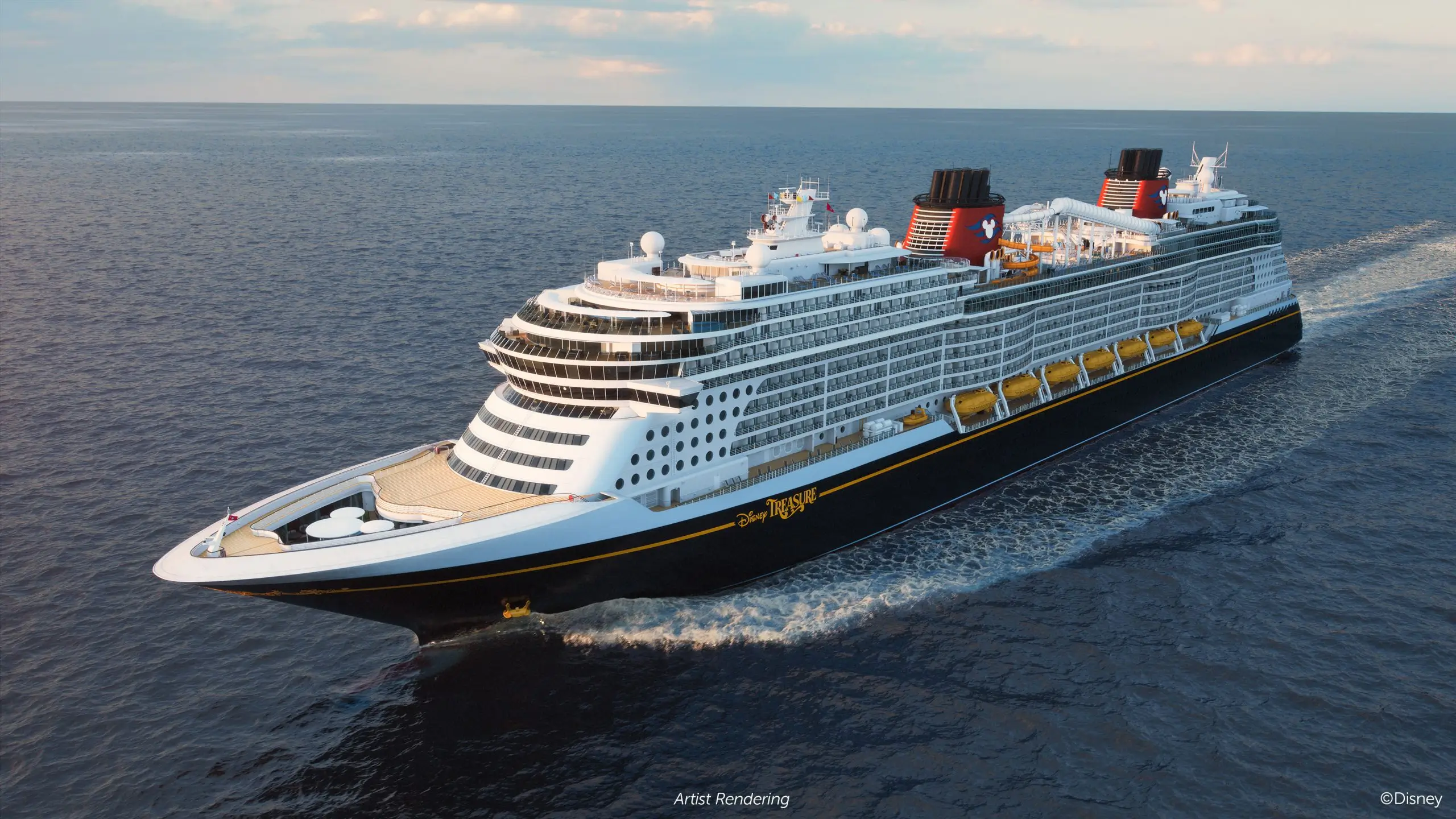All Posts
- All Posts
- Cruise Ships
- Hotels
- News
- Tips
- Transportation
Make Your Last-Minute Cruise Travel a Breeze
April 11, 2025
Dreaming of a cruise but don’t have months to plan? You’re not alone! Last-minute cruises have become an exciting way ...
Go Port’s New Black Car Service from Orlando Airport to Port Canaveral
March 27, 2025
Planning your cruise just got a whole lot easier—and more luxurious. Go Port is thrilled to announce the launch of ...
Tips for Sailing on Carnival Venezia
March 21, 2025
You’ve booked your Carnival Venezia cruise—now it’s time to get ready for an incredible voyage! As you count down the ...
Tips for Traveling with Kids to a Port Canaveral Cruise
March 10, 2025
Planning a cruise from Port Canaveral with your family? Traveling with children adds an extra layer of fun and excitement. ...
What to Do After You Book Your First Cruise from Port Canaveral
February 10, 2025
You’ve just booked your first cruise from Port Canaveral, and you can’t wait! As soon as you set sail, you ...
Lake Nona Hotels with Transportation to Port Canaveral
January 31, 2025
The vibrant Lake Nona area near Orlando is a great place to stay before your next cruise from Port Canaveral. ...
Where is Port Canaveral in Florida?
January 6, 2025
Port Canaveral is located on the east coast of Florida in Brevard County, 45 miles from Orlando. It is the ...
New Shuttle Service for Port Canaveral Cruisers Flying Into Sanford Airport (SFB)
December 17, 2024
If you’re flying into Orlando Sanford International Airport (SFB) for your upcoming cruise out of Port Canaveral, we have exciting ...
Stay and Save with New Discounts for Port Canaveral Cruisers!
November 27, 2024
Cruisers, get ready for an incredible deal season with Go Port! Starting this week, we’re thrilled to roll out exclusive ...
Go Port News Update: Our New Travel Agent Portal
November 22, 2024
Go Port is excited to announce the launch of our brand-new Travel Agent Portal, created specifically for our travel agent ...
Experience Ultimate Pre-Cruise Comfort with Go Port’s New Aloft Orlando Lake Nona Partnership
November 15, 2024
We’re excited to announce our partnership with Aloft Orlando Lake Nona, offering you another option for exceptional Orlando hotels near ...
Start Your Royal Caribbean Star of the Seas Adventure Stress-free
November 15, 2024
https://www.youtube.com/watch?v=U0KiZSrkq90 Cruise lovers, mark your calendars! The highly anticipated Star of the Seas from Royal Caribbean is set to sail ...
Cruises Departing From Port Canaveral in Florida
October 21, 2024
Updated January 2025 Here are the cruise lines and cruise ships sailing from Port Canaveral in 2025, along with some ...
Make Your Disney Treasure Experience Better with Go Port
September 25, 2024
https://www.youtube.com/watch?v=N0MZTnD7MkY In 2024, Disney Cruise Line launched its newest ship, the Disney Treasure! With this new member of their Wish-class ...
How to Book Your Go Port Fly Snooze Cruise Package: A Step-by-Step Guide
August 16, 2024
Planning a cruise from Port Canaveral? Go Port’s Fly Snooze Cruise packages offer a seamless, stress-free start to your Port ...














